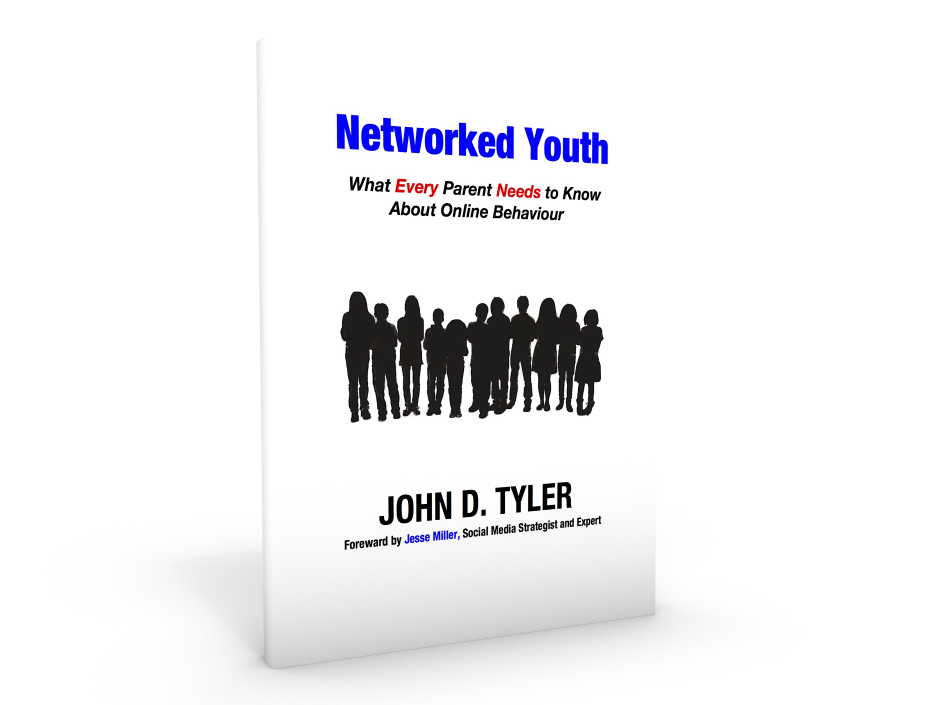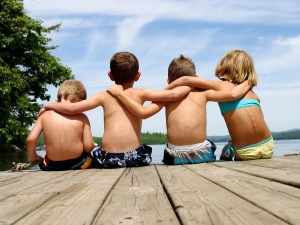I have had the great pleasure or living the past 5 months in a Pre Kindergarten to Grade 4 school. Being the daily home to little people curious about everything and (mostly) excited each day they come to school. In fact, quite literally running to get inside the school.
My time in this school has helped me to reflect on the over-arching idea of achievement and the word rigour.
I am fortunate to work with teachers who are incredibly skilled at their craft. Like most schools, there is a wide dichotomy in the way in which these teachers lead their students. On the surface some might appear to do nothing but play, while other classrooms appear to be very traditional.
Does the “all play” classroom mean that students are not learning anything? Conversely, does the “quiet, orderly” classroom mean that students are not having any fun? In every school I have worked in, I have observed various types of environments and I have learned that the answer to those questions can only be discovered when you spend intentional time in classes.
I have achieved this through planned observations and other times by scheduled learning walks. Either way, by spending time in classes, I have discovered that it is not an either/or situation. The classroom that is loud and may appear wild, can have intentional rigourous learning embedded in those activities. Similarly, I have observed the “traditional” environment instil joy in students through celebrations of learning and achievement.
As school and system leaders, I’d like us to do a better job of separating the idea that a classroom needs to be on or the other. Modelling, who we are in setting the tone for our schools and districts. As Elizabeth Befus highlights in her post, A playbook for new leaders, by coach Ted Lasso, “Be true to yourself.” Don’t try to be something you are not, be comfortable in your strengths as well as areas we can grow. Creating this environment will help to diminish the noise that can fill teachers’ time considering whether they are perceived as not focussing enough on achievement, or being too strict or the “no fun” teacher. This in turn will allow teachers to be comfortable in the setting they want to create for their students and playing to their strengths.
It doesn’t need to be on or the other, as I have learned through the work of teachers that fun and rigour can exist in unison.




 My initial thought is that in order for teachers to employ an inquiry approach in their classes, it will be helpful to understand the full potential of inquiry based learning generally speaking; how it can impact our end results. From my perspective, there’s no better way than to experience it first hand.
My initial thought is that in order for teachers to employ an inquiry approach in their classes, it will be helpful to understand the full potential of inquiry based learning generally speaking; how it can impact our end results. From my perspective, there’s no better way than to experience it first hand.




